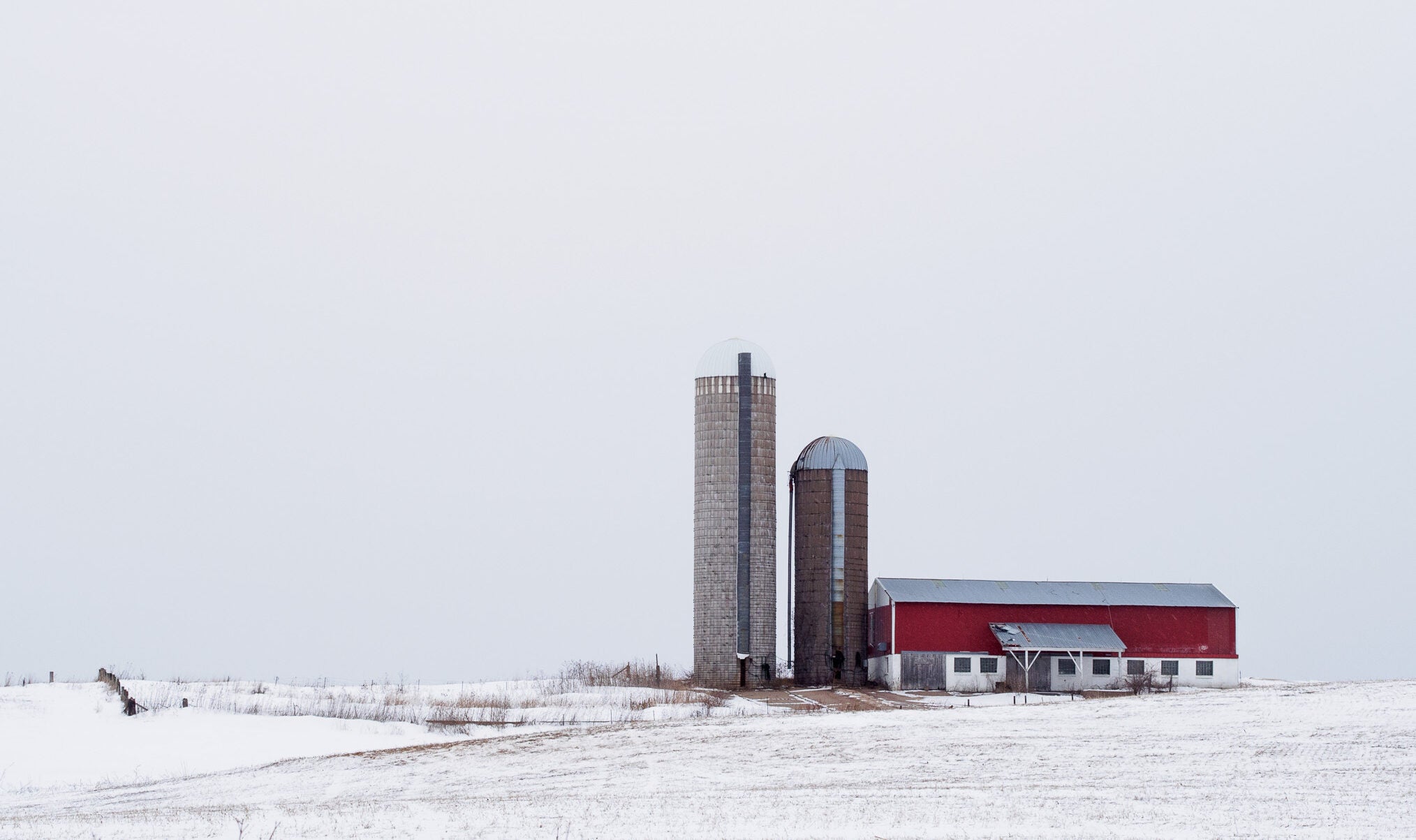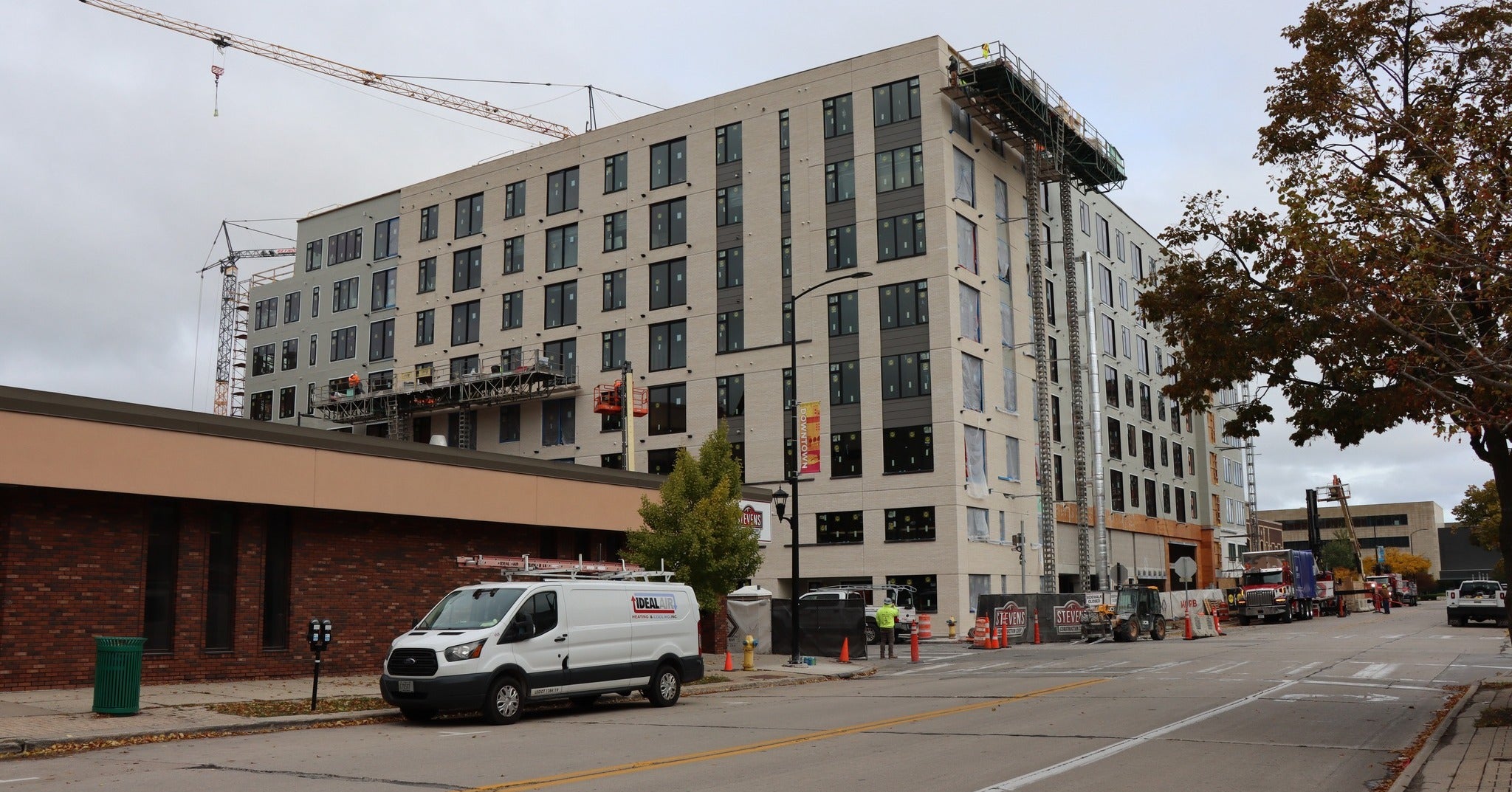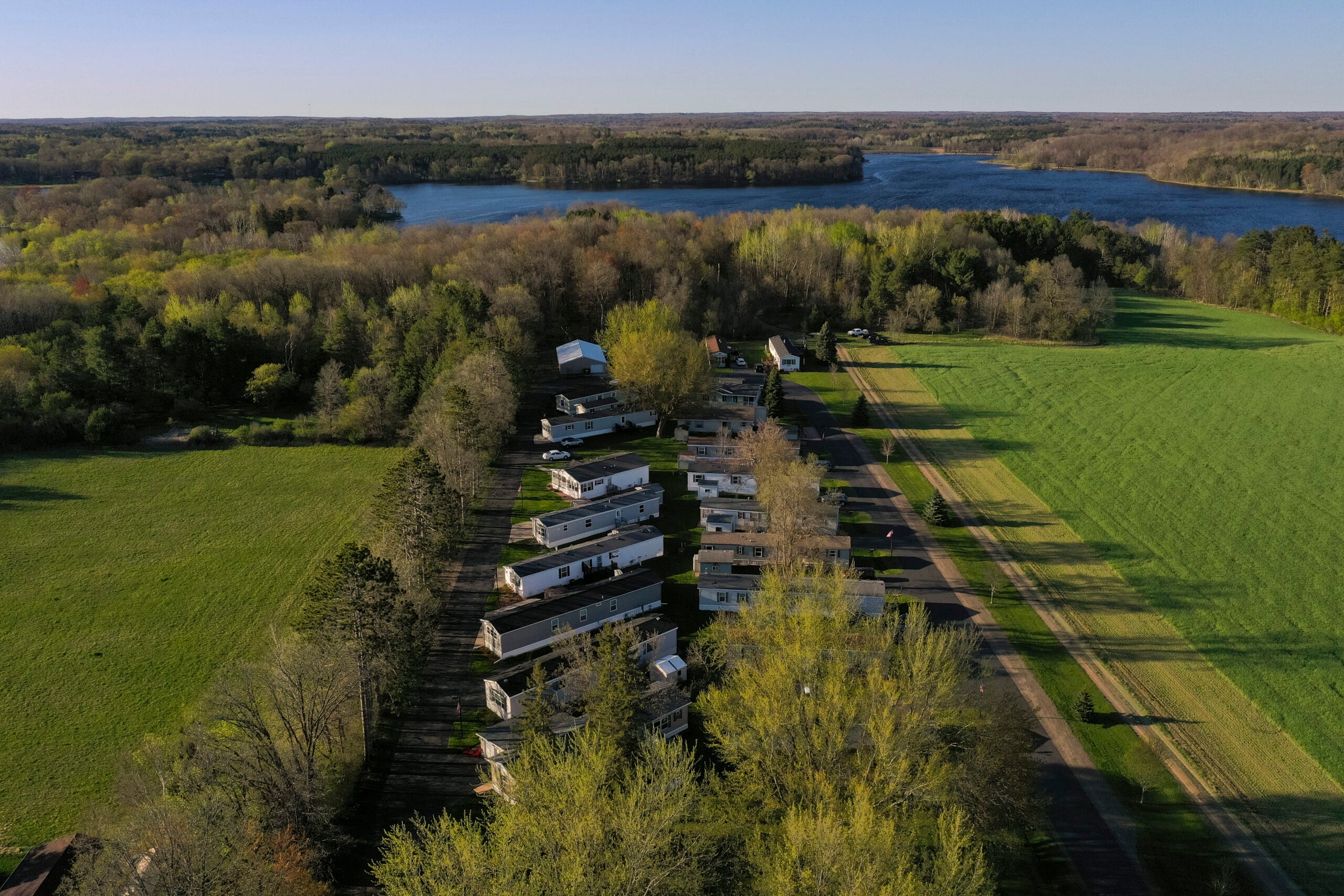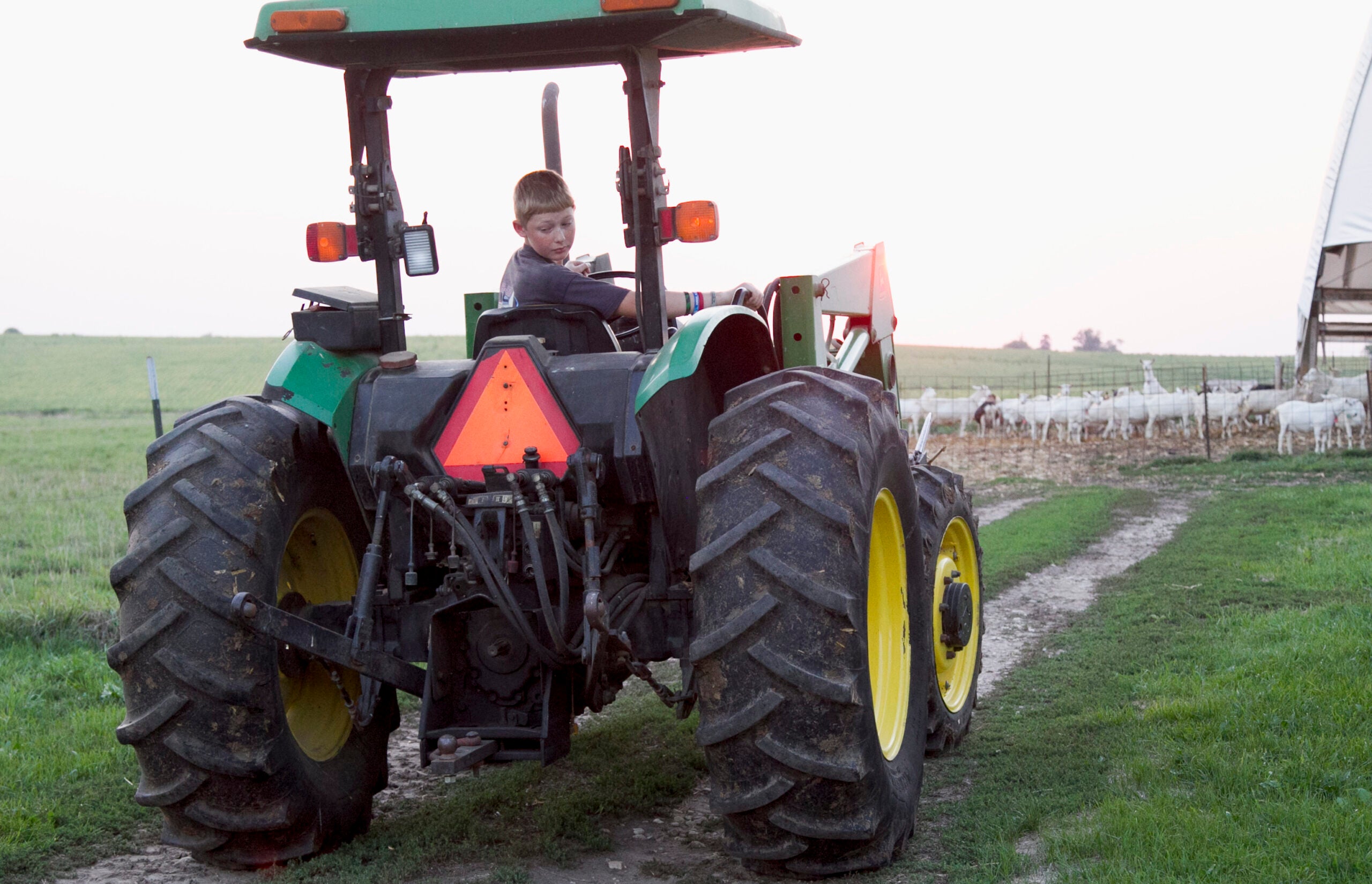Wisconsin’s rural communities need to expand broadband internet service and address housing and child care shortages to make economic growth possible in the future.
Those are among the findings of a new report from the state Office of Rural Prosperity. Gov. Tony Evers created the office in January as a division of the Wisconsin Economic Development Corp. It aims to help rural Wisconsin businesses and community leaders access assistance programs, grants and other services.
The report calls for economic development programs geared toward rural communities specifically. Some of its recommendations are familiar from discussions of rural economies dating back more than a decade — for example, calls for the expansion of high-speed internet access and encouragement of regional collaborations to boost businesses. But the report also highlights the way some stereotypes about rural communities don’t stand up to scrutiny.
News with a little more humanity
WPR’s “Wisconsin Today” newsletter keeps you connected to the state you love without feeling overwhelmed. No paywall. No agenda. No corporate filter.
“Contrary to conventional wisdom, family costs are not always lower in rural places,” the report states. Groceries and gasoline often cost more, and housing affordability, also an issue in urban areas, is commonly a challenge in more sparsely populated areas, too.
“Shortages of child care exist in every corner of rural Wisconsin,” the report states. “Over half of Wisconsin’s population lives in a child care desert. Virtually every town, county and city reports a shortage of slots and long waiting lists.”
Rural areas are more diverse than their stereotypes, with vibrant communities of Native Americans, Latinos, Hmong and Black residents across the state. “Some rural Wisconsin communities are intentionally welcoming diversity,” the report states, “but every community could do more to ensure that all residents are welcome no matter their race, culture, religion or ethnicity.”
The host of recommendations in the 50-page report are the result of a series of listening sessions by the governor’s Blue Ribbon Commission on Rural Prosperity. The commission included rural teachers, bankers and farmers as well as business executives and leaders of economic development organizations. It hosted a series of public forums — held virtually as a precaution against COVID-19 — and heard from some 500 rural Wisconsinites about their views on economic challenges and possible solutions.
The availability of housing, particularly rental housing, emerged as a key need for rural communities, said Brittany Beyer of Grow North, a Northwoods economic development agency. Beyer, who was a commission member, has seen it in her own region. In conversation with employers, she’s heard of many who say their workforce can’t find places to live near their jobs. She related a conversation with a manufacturer in Crandon that was hiring new workers.
“I said, ‘Are you thinking about your housing needs?’” Beyer said. “And they said, ‘Yeah, I guess so. We have people who are traveling 45 minutes to Crandon in the middle of winter, because that’s where their housing is.’”
The commission’s report is an effort to recommend policies and programs that could help rural Wisconsin, but it’s also just a starting point for future efforts to foster growth, said commission member Pamela Boivin.
Boivin is executive director of NiiJii Capital Partners, a nonprofit lender that works with entrepreneurs in the Lac du Flambeau, Sokagon Chippewa and Menominee Indian reservations in Wisconsin. She grew up in Menominee County and said she never seriously considered moving away.
“It wasn’t really a thought to live in a city,” she said.
She wanted to be close to family, and connected to the close-knit tribal community she works with and belongs to.
But she recognizes not all young people who come from rural parts of the state feel that way. Attracting and retaining younger residents is one of the persistent challenges for rural communities, which on average are older than Wisconsin’s cities and suburbs.
Boivin said many of the gaps and economic challenges highlighted in the report predate the pandemic — but COVID-19 has brought them into relief.
“Housing and child care are definitely huge factors,” Boivin said. “In child care, there were a lot of gaps prior to (the pandemic), but with COVID hitting, the gaps were magnified.”
Among other recommendations in the report, the commission also called for the creation of government programs designed specifically for rural communities; the easing of local levy limits to give local governments greater flexibility to fund innovative programs; and boosting state funding for the county-level education programs of the University of Wisconsin-Madison known as the Division of Extension.
Wisconsin Public Radio, © Copyright 2025, Board of Regents of the University of Wisconsin System and Wisconsin Educational Communications Board.







